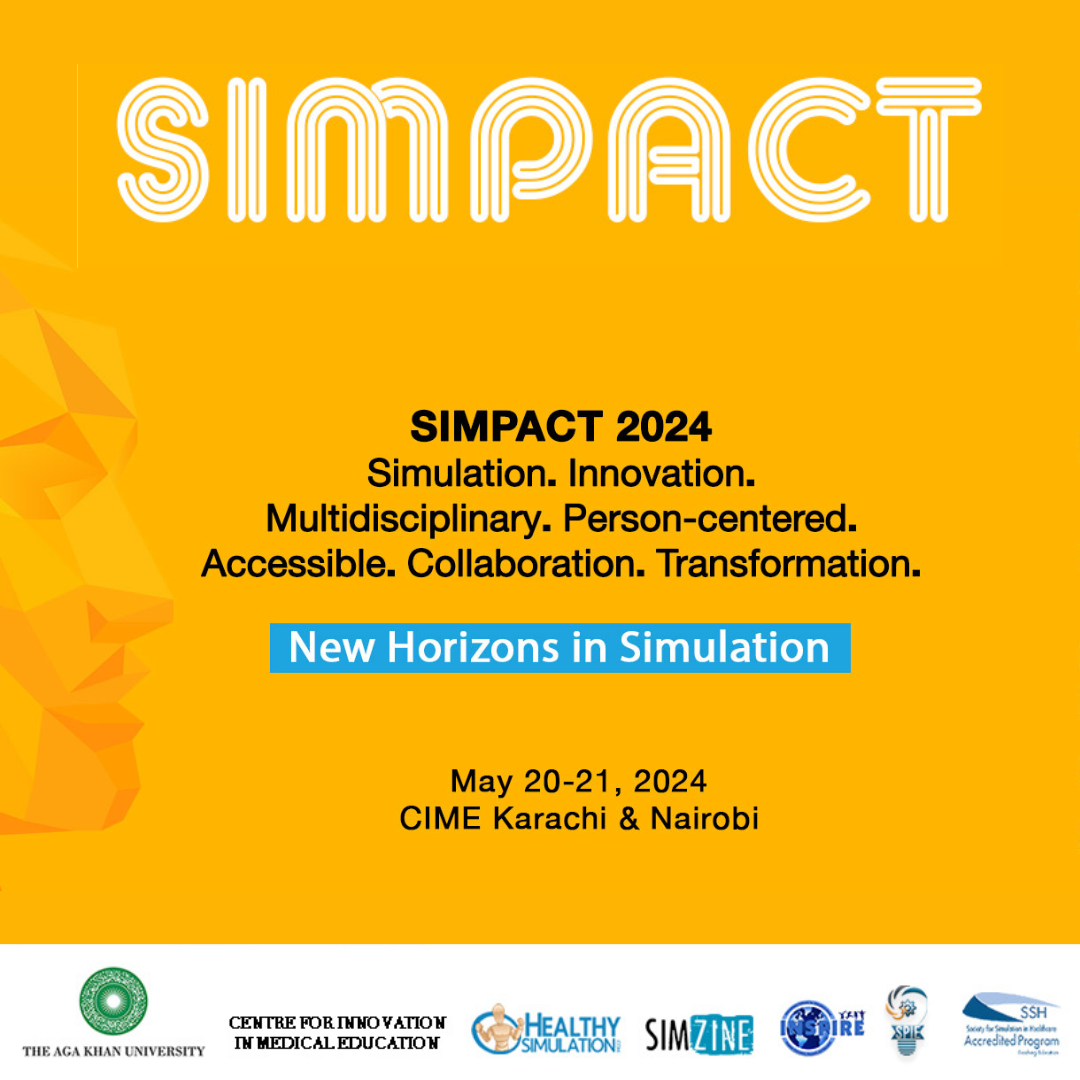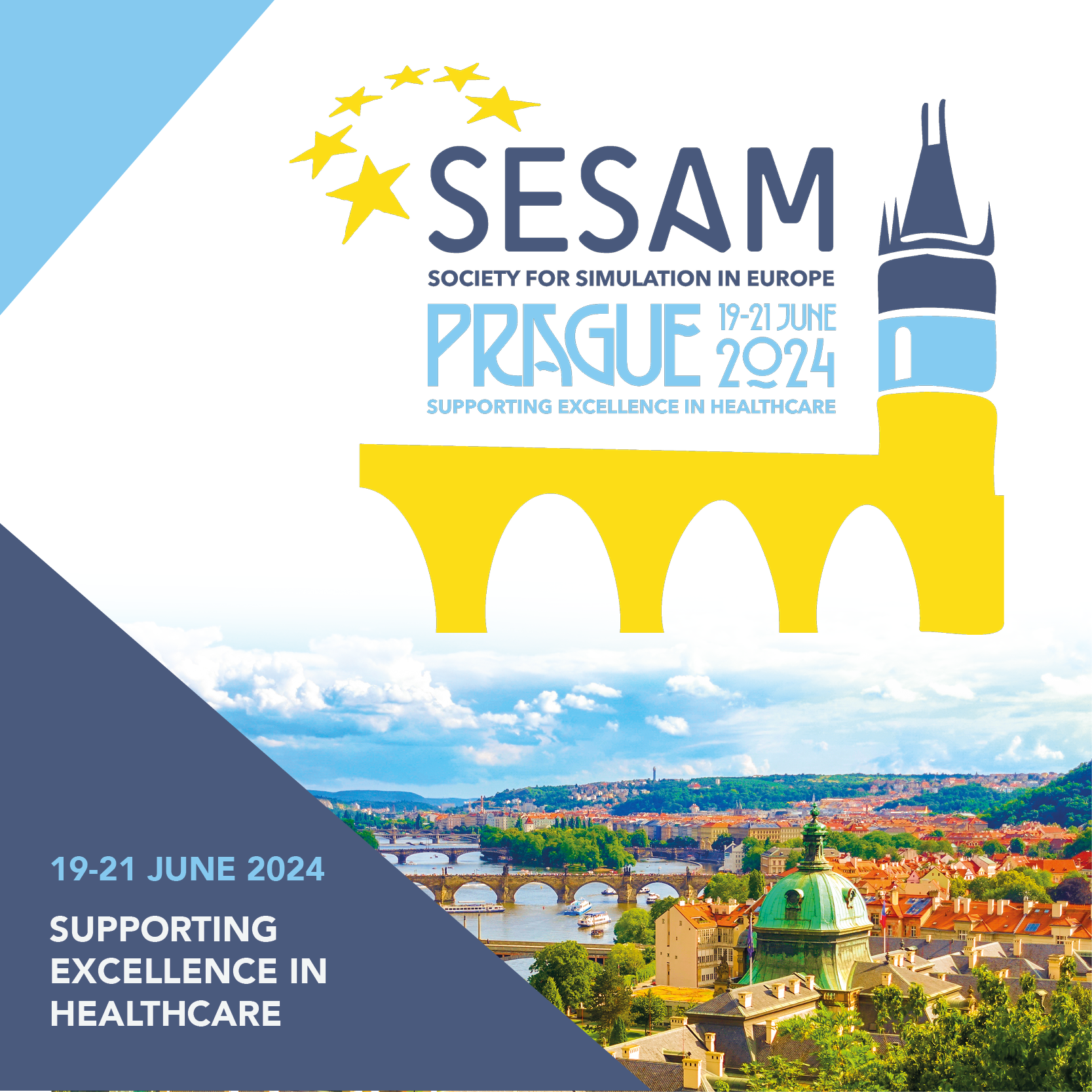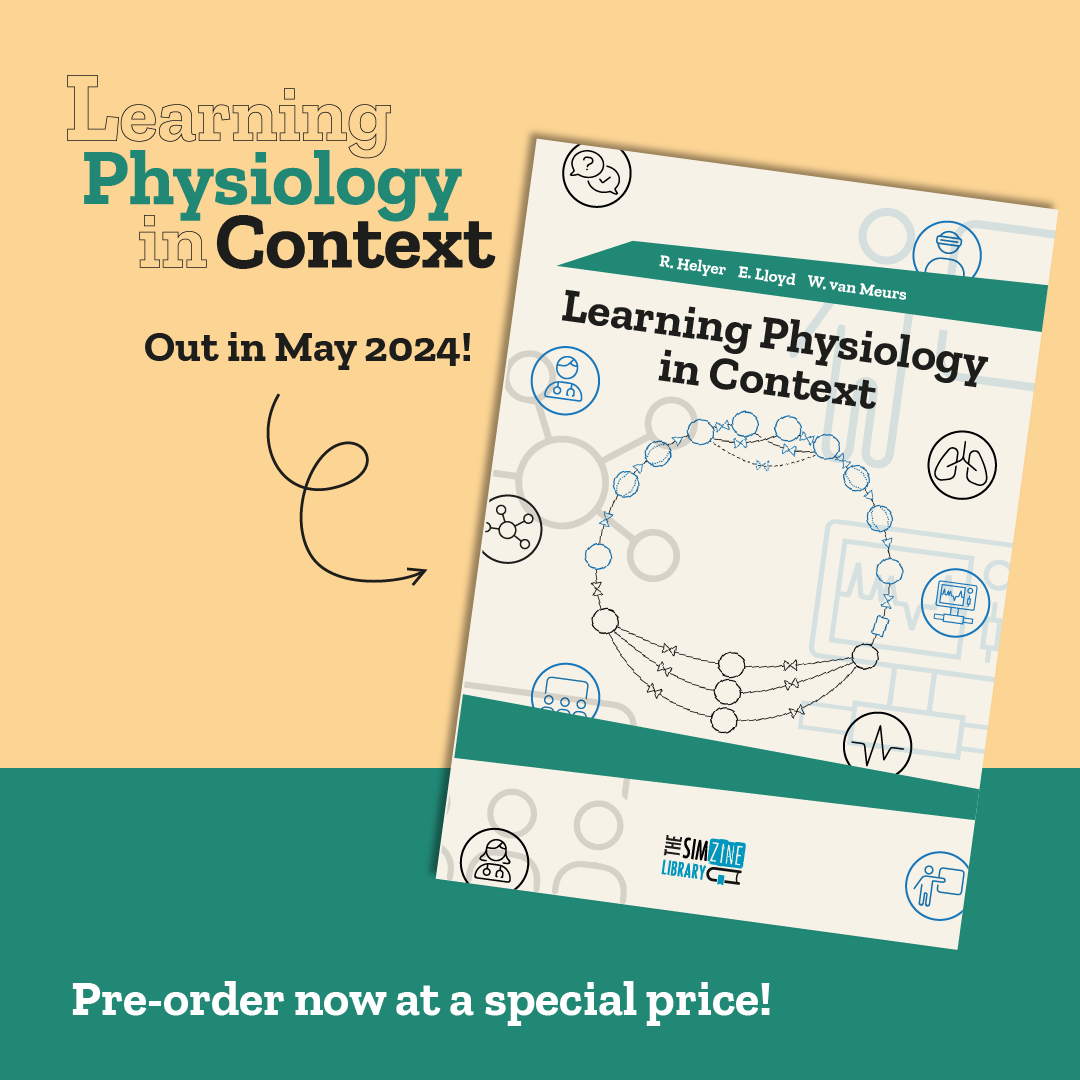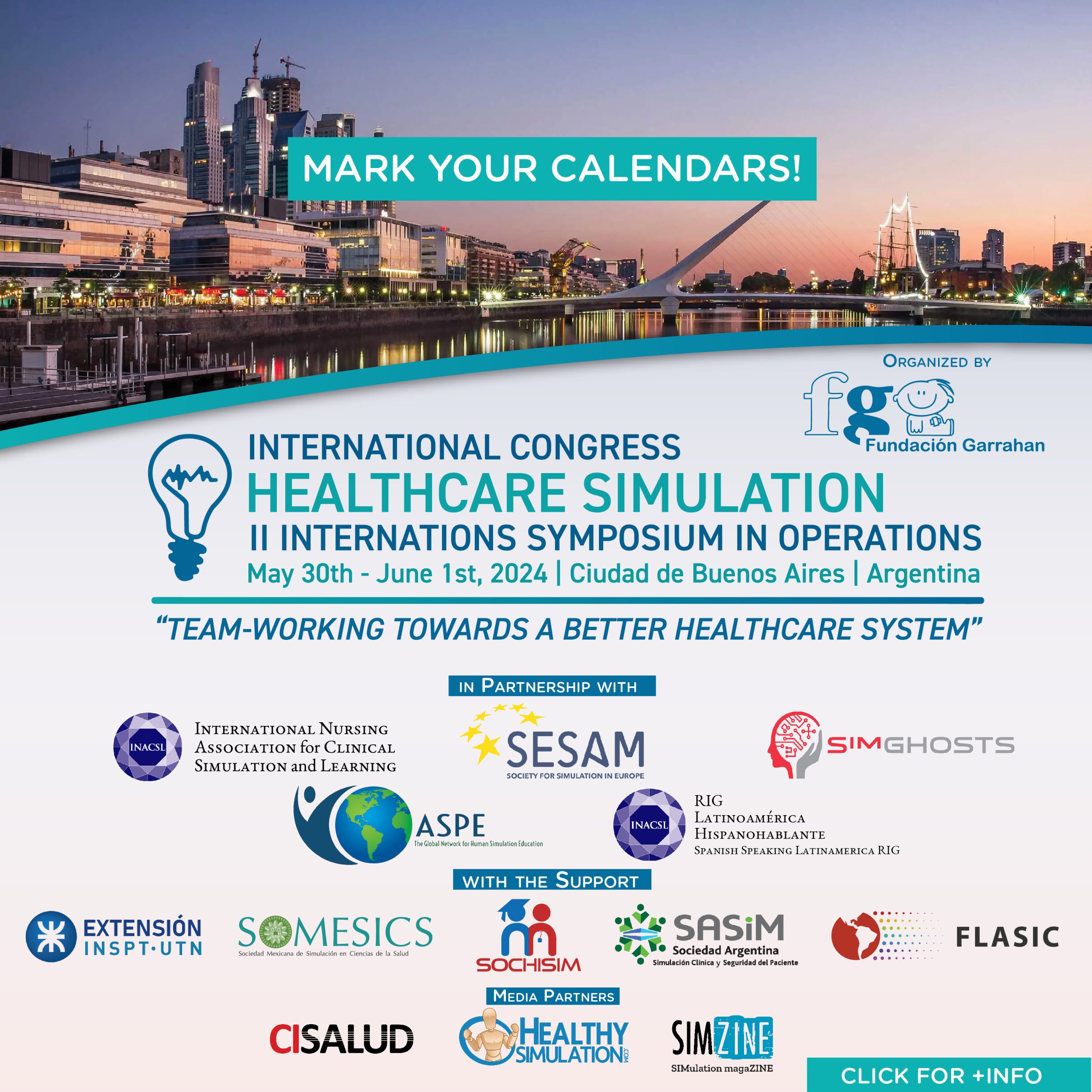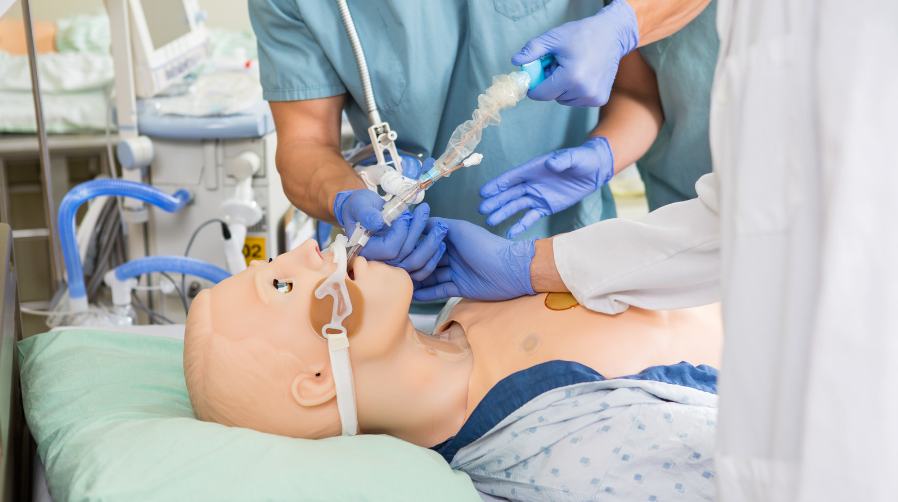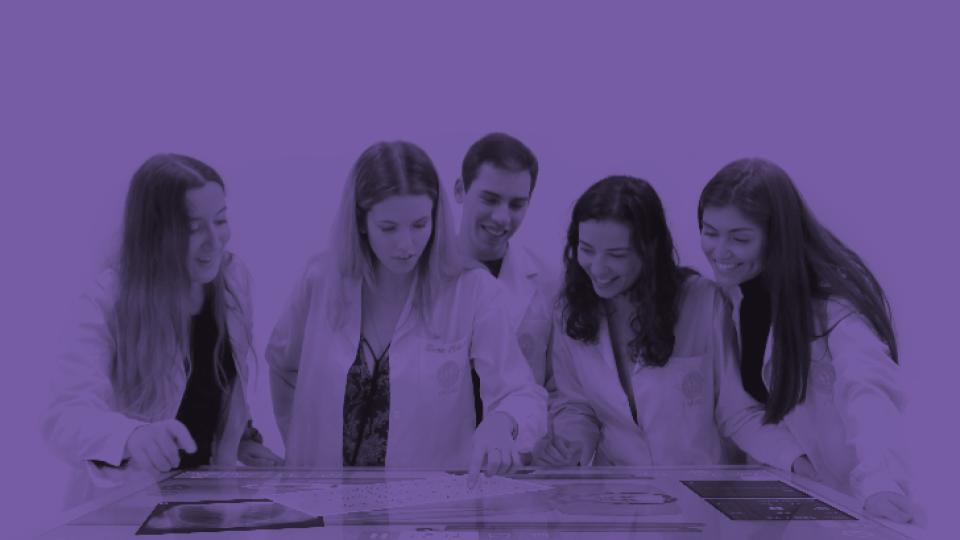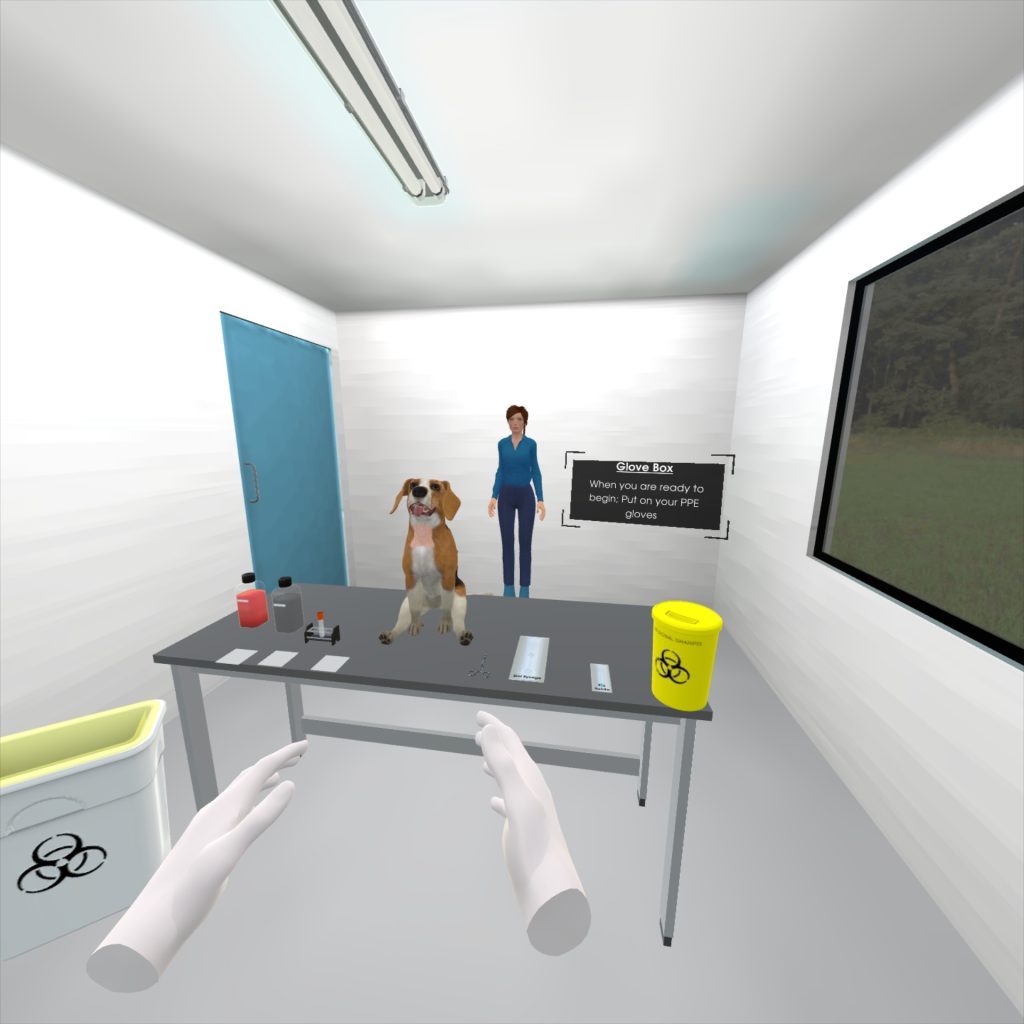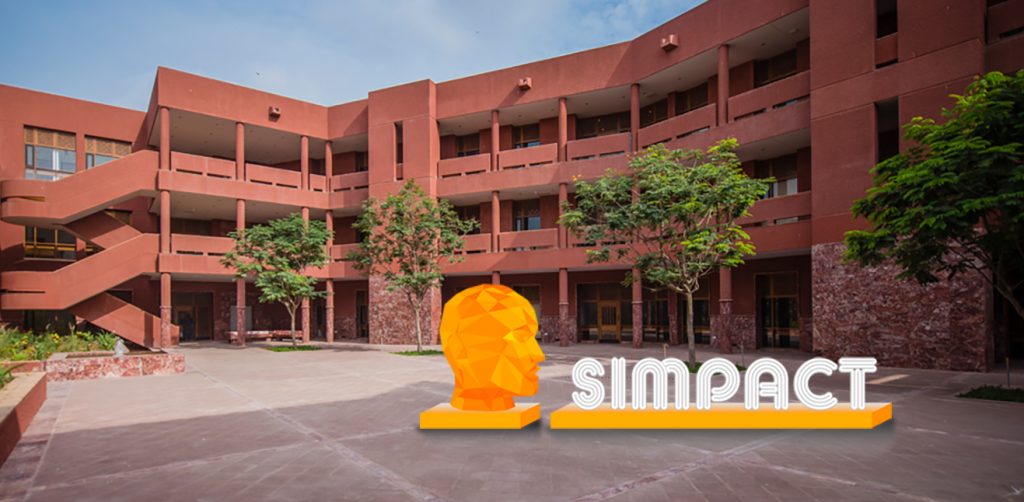A few years after the collaboration between ESAIC and SESAM began, a collaborative simulation curriculum has been developed and will surely improve training quality in Anaesthesiology and patient safety. The aim is to standardize simulation-based education across Europe and support global adoption of these innovative practices. Crina Burlacu and Marc Lazarovici tell us about it
In September 2021, the European Society of Anaesthesiology and Intensive Care (ESAIC) and Society for Simulation in Europe (SESAM) signed a collaboration agreement ‘to establish and grow an anaesthetic simulation community across all of Europe with the aim to ensure the integration of simulation methodologies as a tool to improve healthcare at all levels.’ Both Societies were agreeing to work together to promote simulation-based education (SBE) at national, European and international level. To achieve this, they were pledging to develop a range of joint educational programmes, to collaborate in relation to surveys and research projects, and to jointly publish the outcomes.
ESAIC and SESAM Collaboration to advance Simulation-Based Education
Less than three years later, two major accomplishments have already materialized under this collaborative framework:
- the publication of a Simulation Curriculum for Anaesthesiologists Training by the Utstein Simulation Study Group1; and
- the Development and Implementation of National Anaesthesia Simulation Training (NAST) Programmes

Earlier work by the ESAIC Simulation Committee has shown significant discrepancies in relation to the availability of SBE for anaesthesiology trainees in Europe, as well as a diverse level of accessibility and implementation.2 In a survey published in 2022, Savoldelli and Østergaard identified only 5 European countries (i.e. Denmark, Iceland, Ireland, Malta and the Netherlands) in which SBE was mandatory for anaesthesiology trainees. There were countries where SBE for anaesthesiologists was available in large centres only whereas in other regions the availability was marginal or very limited. This variation across Europe was further confirmed in another recent survey which was conducted by the ESAIC Trainees Committee (Abramovich et al, 2023). Northern and Western Europe appeared to offer greater access to simulation, whereas access was inconsistent on the rest of the continent.
To attempt and align European SBE in anaesthesiology training as well as support aspirant National Anaesthesia Societies (NAS) with expert advice and educational resources, it became obvious that a curriculum was required for a start.1-4 We are delighted to direct SIMZINE readers to the January 2024 issue of the European Journal of Anaesthesiology (EJA) where a comprehensive curriculum for SBE training in anaesthesiology can be found.1 This joint ESAIC and SESAM research and the ensuing publication represent a massive step forward in the united efforts to standardise the use of SBE in anaesthesiology to improve training and ultimately patient safety.
Enhancing Anaesthesiology Training Through Simulation: A European Perspective
Under the leadership of Professor Doris Østergaard as well as contribution from a core group of ESAIC and SESAM representatives, an Utstein-type meeting took place in September 2022 in Copenhagen, Denmark, with funding from the Laerdal Foundation. The Utstein Simulation Study Group consisted of 23 international simulation experts and 2 anaesthesia residents belonging to 22 countries from Europe, North and South America, and North Africa. The Group identified 10 training domains which should form the basis of an SBE curriculum in anaesthesiology training.1 These were:
1) Bootcamp/initial training;
2) Airway management;
3) Regional anaesthesia;
4) Point of care ultrasound;
5) Obstetrics anaesthesia;
6) Paediatric anaesthesia;
7) Trauma;
8) Intensive care;
9) Critical events in our specialty, and
10) Professionalism and difficult conversations.
And for each domain, the group created a course template with suggestions for learning objectives, instructional methodologies for the delivery of knowledge, technical skills and social and cognitive skills, and possible evaluation methods.1
The Role of Simulation in Modern Anaesthesiology Training Programs
In parallel to the curriculum work, a core group of ESAIC and SESAM simulation experts composed of Professors Doris Østergaard, Crina Burlacu and Marc Lazarovici, set-out to develop and implement a first SBE model. The chosen topic was that of a National Advanced Airway Management (NAAM) programme, which the Utstein Simulation Study Group had identified as one of 10 domains essential for anaesthesiology training.

Societatea Română de Anestezie şi Terapie Intensivă (SRATI) – President Professor Şerban Bubenek-, was the first NAS to come forward offering leadership, commitment and the financial support required to pilot this programme. A first NAAM was conducted in Timişoara, Romania, in October 2022, and it followed a Train-the-Trainer (TTT) course format for Faculty. The trained Faculty subsequently engaged in the rolling out of NAAM to certain categories of anesthesiology trainees, having created content in Romanian language. More recently, a similar format NAAM was conducted in Moldova (NAAMD-TTT) under the auspices of the Moldovan society, i.e. Societatea de Anesteziologie si Reanimatologie din Republica Moldova (SARRM), and World Health Organization (WHO). This was a first ESAIC, SESAM, SRATI and SARRM collaboration, which was conducted in Romanian, with the participation of mainly Romanian Faculty.
A second-type course, i.e. a National Obstetric Anaesthesia Training (NOAT), was delivered in Târgu Mureș, Romania, in November 2023. And it covered the obstetric anaesthesia curricular domain1, following a similar TTT format.
Future Directions for Simulation in Anaesthesiology Education
We believe that the Utstein curriculum and the Romanian and Moldovan experiences will have a significant European and international impact whereby more countries would become interested in integrating this model in their anesthesiology training. The ESAIC and SESAM are willing to support such countries. It is our common vision to integrate and standardize simulation in anesthesiology training across Europe and beyond. To that point, the ESAIC Simulation Committee has initiated a series of networking events during the forthcoming SESAM and ESAIC annual meetings, to promote our work and gather insights in relation to the curriculum, roll-out model, perceived barriers and obstacles. Other promotional activities include scientific presentations, publications, podcasts, webinars, and letters.5-8 A survey of the ESAIC NAS committee members is also proposed. The final goal is to devise a structured pathway whereby interested societies would be able to seek assistance with the integration of simulation-based education in anaesthesiology training and other healthcare and patient safety domains. For queries, please email simulation@esaic.org .
REFERENCES
- Savoldelli GL, Burlacu CL, Lazarovici M, Matos FM, Østergaard D; Utstein Simulation Study Group. Integration of simulation-based education in anaesthesiology specialist training: Synthesis of results from an Utstein Meeting. Eur J Anaesthesiol. 2024 Jan 1;41(1):43-54.
- Savoldelli GL, Østergaard D. Simulation-based education and training in anaesthesia during residency in Europe: where are we now?: A survey conducted by the European Society of Anaesthesiology and Intensive Care Simulation Committee. Eur J Anaesthesiol. 2022 Jun 1;39(6):558-561.
- 3. Abramovich I, Crisan I, Dow O, Morais D, De Hert S, Østergaard D, Berger-Estilita J, Blank A. Simulation-based education in anaesthesiology residency training in Europe: A survey-based cross-sectional study. Trends in Anaesthesia and Critical Care. 2023 Oct; 53; 101310;
- https://doi.org/10.1016/j.tacc.2023.101310.
- De Hert S. European simulation-based education and training in anaesthesiology and intensive care: still a long way to go? Eur J Anaesthesiol. 2022 Jun 1;39(6):487-488.
- Burlacu C. On behalf of the Utstein Simulation Study Group. Revista Da Sociedade Portuguesa De Anestesiologia; 2024; 33(1); 17-18; https://www.spanestesiologia.pt/webstspa/wp-content/uploads/2024/04/Revista_SPA_2024_Vol33_N1_2024.pdf
- Burlacu C. ESAIC Newsletter, 2023 March; https://esaic.org/newsletter-march-2023-simulation-committee-2022-report/
- Bârsac, CR., Petrică, A: Burlacu,C; Østergaard, D; Lazarovici, M; Săndesc, D. Beyond a National Advanced Airway Training Course – steps to education deployment. European Journal of Anaesthesiology. Volume 40; e-supplement 61; June 2023; 16AP02-10
- Szederjesi, J; Burlacu, C; Keresztes, M, Lazarovici, M; Østergaard, D; Azamfirei, L. Advancing high-quality standardised National Obstetric Anaesthesia Training (NOAT) for anaesthesiology residents in Romania through Faculty mentoring in simulation-based curriculum design and modalities. Abstract accepted for presentation at Euroanaesthesia 2024.
READ ALSO





